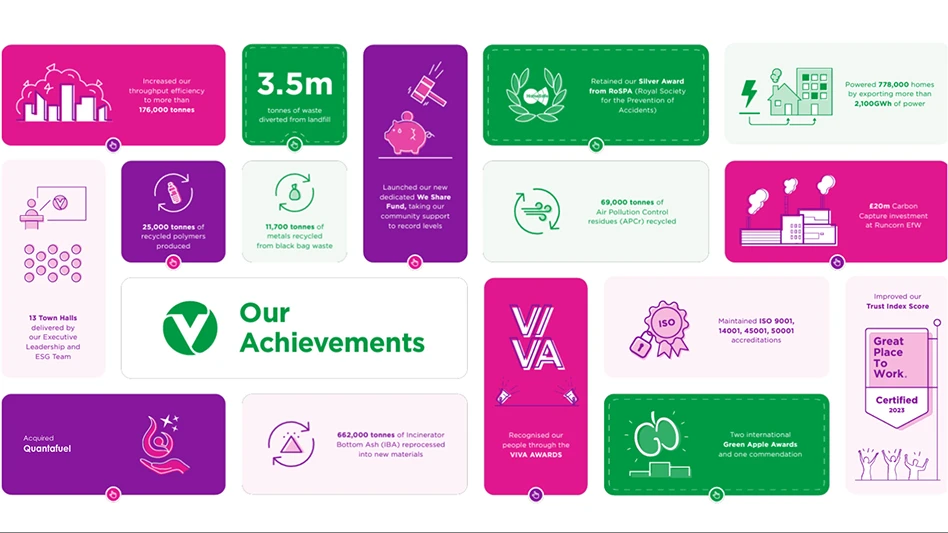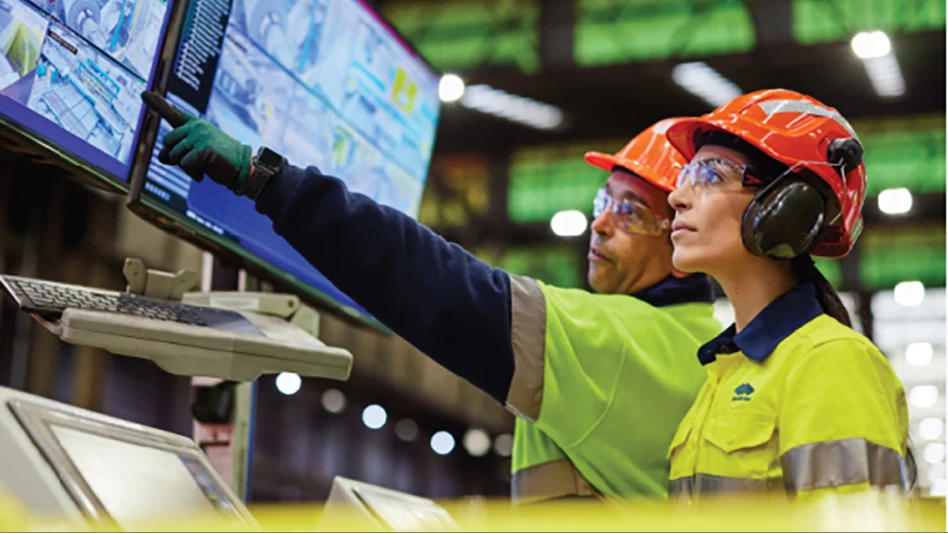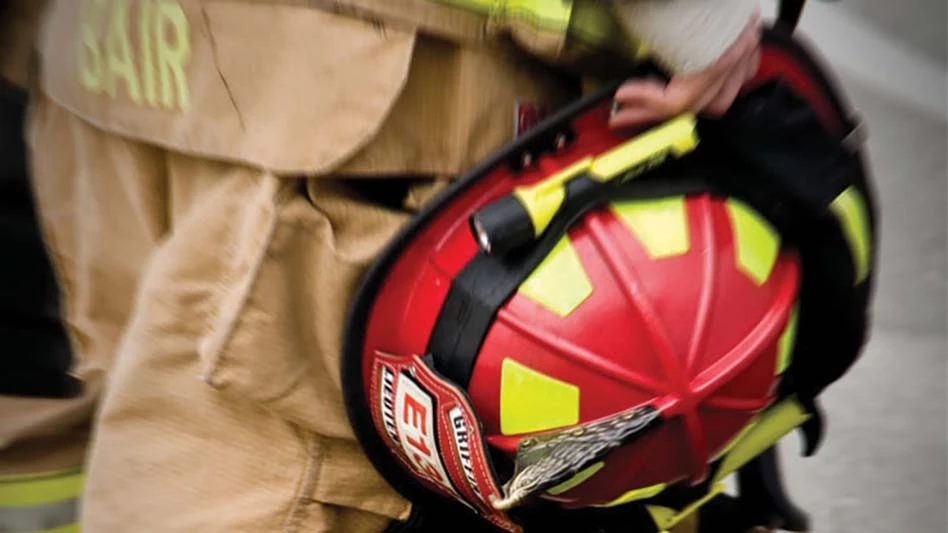
Effective early 2018, China’s “national sword” policy – limiting imports of foreign waste – focused on contaminated waste. With China’s focus on higher-grade, uncontaminated waste, municipalities are pressured to pivot to meet new export criteria or find alternative buyers. On average, over 25 percent of waste is too contaminated for recycling channels and is diverted to landfills [1]. A decade ago, the contamination rate was only 7 percent, but the implementation of single-stream recycling – intended to boost overall recycled rates – has led to careless sorting of waste by consumers [2].
“Contamination” takes several forms: assuming something is accepted for recyclable but is not; not ensuring that the recyclable material is clean enough to be recycled; and commingling recyclables with impurities or products that cannot be recycled. The nation’s high rate of contamination is the result of improper sorting perpetuated by Americans who are aspirational or confused recyclers. People often place items into recycling bins in the hope that the items are recyclable or mistakenly thinking that they can be recycled. According to a recent survey, commissioned by Call2Recycle and conducted online by The Harris Poll, more than 2 in 5 Americans fail to properly sort their recycling. When sorting does not take place at the curb, municipalities are forced to spend more resources on machinery and manpower to meet export requirements.
Improper sorting forces municipalities to add staff to monitor for a range of inappropriate material, from improperly commingled waste to hazardous and dangerous materials. If not picked out of the waste stream, the latter can cause malfunctions and severe harm to workers and infrastructure, halting the recycling process and costing local municipalities thousands in revenue and expenses. For example, a lithium-ion battery placed in a bin with recyclables may spark a fire that shuts down a facility for weeks. That municipality now faces reconstruction costs, equipment loss, insurance premiums and displaced labor, a predicament many establishments do not survive. 2018 alone reported 365 fires, many the result of misplaced items causing machinery to malfunction [3].
The duality of losing buyers and increasing expenses to sort materials and prevent damages has put a strain on municipalities, forcing many to stockpile recycled material and dial back or end recycling services.

The stress imposed by contamination and improper recycling has compelled many municipalities and waste experts to shift their focus to the consumers who are producing the waste. Certain municipalities have implemented public education campaigns about proper sorting habits. For example, Chicago deployed people to provide feedback on residents’ recycling behavior by placing a tag on improperly filled recycling bins [4]. Call2Recycle’s “Avoid the Spark” campaign included activations in the San Francisco Bay Area to educate on the responsible end-of-life management of batteries, including separating batteries from mainstream recyclables and ensuring they have been separately (and safely) handled.
Other municipalities have decided to be more direct and stringent in how they give feedback, inspecting and citing households for improper recycling. Additionally, local officials across the nation have increased fees to offset the reduced value of waste due to contamination.
It takes greater effort from both the municipalities and consumers to increase recycling rates, reduce contamination and keep recycling facilities safe. Recycling professionals must continually educate consumers, and consumers must be much more attentive in their disposal of waste in curbside bins. Recycling may become less convenient, but it will be cleaner, safer and more efficient.

Explore the November 2019 Issue
Check out more from this issue and find your next story to read.
Latest from Recycling Today
- Ace Green unveils system to support antimony recovery, lead battery recycling
- Sims reports earnings drop in 2025 fiscal year
- SDI purchases metals distributor
- Line of Cleveland Browns souvenir cups to be made with PureCycle resin
- Commerce Department expands scope of Section 232 tariffs on steel, aluminum
- Applications now open for Can’d Aid’s Crush It Crusade recycling grants
- Report shows packaging paper shipments up in Q2
- Novelis, DRT sign join development agreement for unialloy can ends







